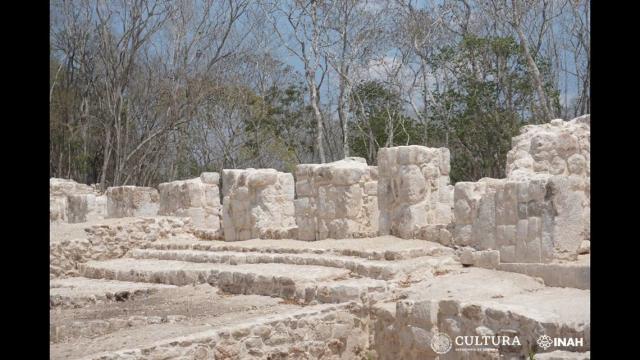Context:
Archaeologists have made a significant discovery at the Sasso Pinzuto necropolis in Tuscany, Italy, unearthing a 2700-year-old Etruscan cult temple.
Key highlights of the Discovery:

- The site has been explored since the 1830s and is linked to the nearby Etruscan settlement of Colle San Pietro.
- It contains over 120 chamber tombs dating from the 7th century BCE to the Hellenistic period.
- Recent excavations by CAMNES and the University of Naples Federico II uncovered a rectangular temple, or Oikos, measuring 6.2 by 7.1 meters, built on tuffaceous opus quadratum foundations.
- The site covers nearly 1,000 square meters and includes three mounds with crepidines embedded in opus quadratum and tufa.
Nine smaller trenches related to cult and funerary activities were found north of the largest mound, which is over 10 meters in diameter.
Etruscans Religion:
- The religion of the Etruscans, who flourished in central Italy from the 8th to the 3rd centuries B.C.
- The Etruscans practiced a polytheistic religion, featuring a unique pantheon of gods and goddesses, each representing different aspects of life and nature, which played a central role in their daily lives.
- The Etruscan scriptures were a corpus of texts termed the Etrusca Disciplina, a set of rules for the conduct of all divination.
- Three layers of deities are evident in the extensive Etruscan art motifs: indigenous, Indo-European, and Greek.
- Etruscan beliefs concerning the afterlife were influenced by several sources, particularly those of the early Mediterranean region.
Significance of the discovery:
- This discovery provides concrete evidence of Etruscan cult structures, complementing earlier findings of polychrome clay slabs depicting Etruscan ceremonies and festivities from the 6th century BCE.
- The findings offer new insights into Etruscan funerary cults and religious practices, enhancing our understanding of this ancient civilization.

